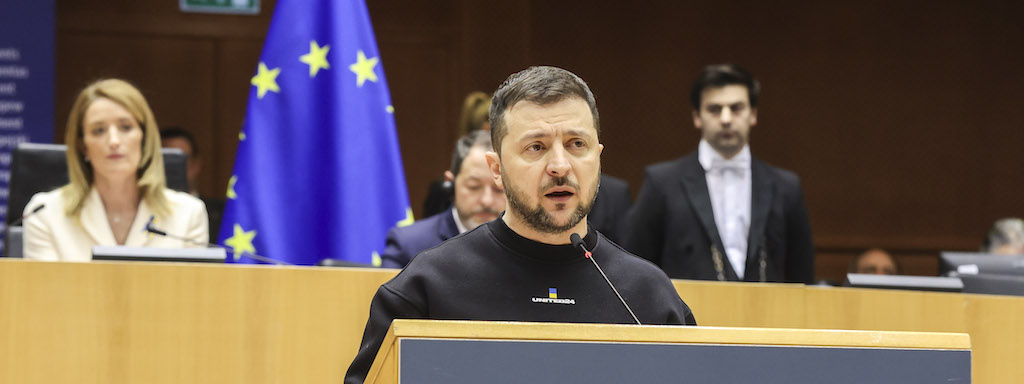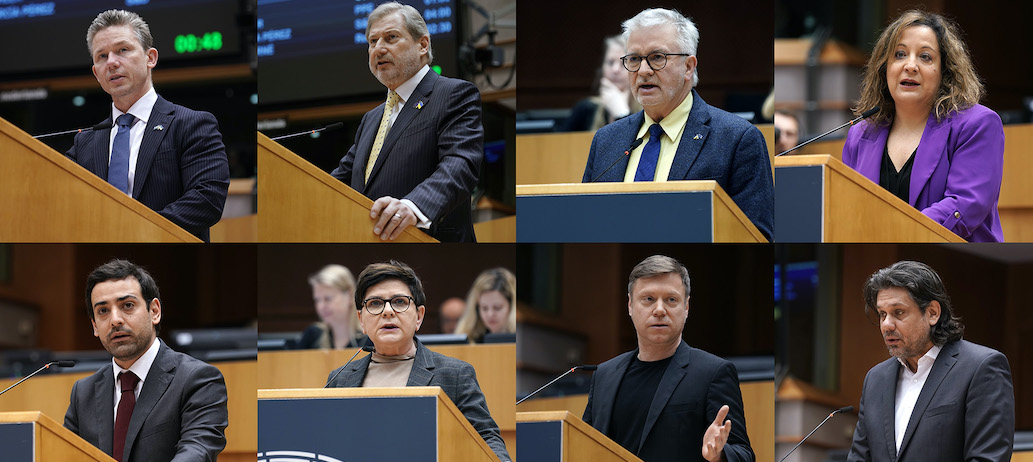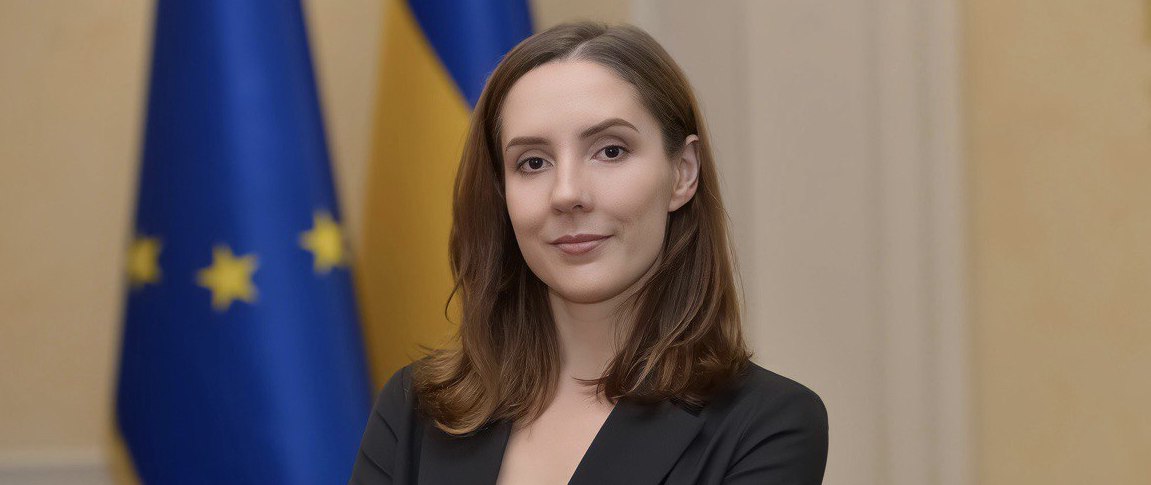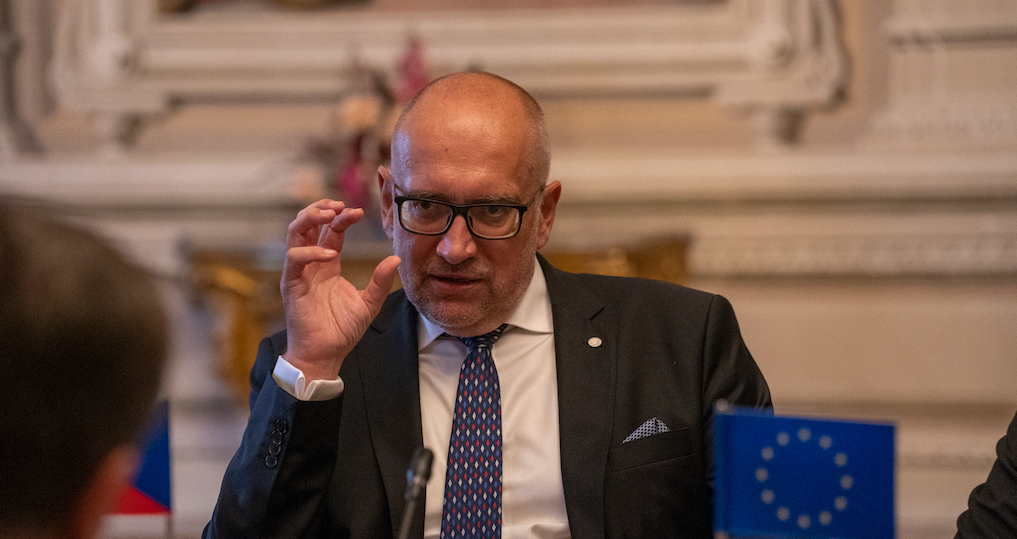
NATIONAL PLAN: “ENERGY & CLIMATE”
The Paris Agreement requests from its signatory Parties to update by 2020 their nationally determined contributions (NDCs) by increasing their level of ambition, as well as to define their long-term greenhouse gas (GHG) emission reduction target for 2050. As part of this update, the European Parliament (EP) called in its resolution in October 2018 for an update of the European Union (EU) NDC to a target of 55 % domestic GHG emission reduction by 2030 compared with the 1990 levels and the adoption of a long-term strategy for net-zero emissions by 2050. The new Commission President von der Leyen announced the intention to increase the 2030 target to at least 50% emission reductions and even to 55%, if international negotiations lead to a higher ambition level from other major emitters by 2021.
In order to implement the Paris Agreement, the EU put in place during the last years numerous legislations in order to achieve its current GHG emission reduction target of 40% compared with the 1990 levels. GHG emissions from most sectors (not included in the EU emission trading system-ETS), such as transport, buildings, agriculture and waste are covered by the EU’s Effort Sharing Regulation which sets national targets to be achieved by 2030. Moreover, for the first time the Governance Regulation implements a transparent governance process to track progress towards the objectives of the EU Energy Union and Climate Action, including monitoring and reporting rules. EU Member States (MSs) are obliged to adopt integrated National Climate and Energy Plans (NECPs) for the 2021-2030 period.
After the submission of draft NECPs for the period 2021-2030 by the end of 2018, the Commission provided last June detailed assessments and recommendations to each MS, which must submit a revised NECP by the end of 2019 with improvements, addressing these recommendations. The Commission’s assessment of MSs NECPs states that, based on the planned measures or stated ambitions for national GHG reductions included in the draft NECPs, and based on conservative assumptions for the countries which have submitted neither of the two, the overall EU GHG reduction is expected to meet the target of reducing GHG emissions by 40% by 2030. However, the assessment also found that GHG emission reductions in the non-ETS sectors (mainly in transport, buildings and agriculture) would fall two points short of the 30% Effort Sharing reduction target compared to 2005 levels. A considerable number of MSs did not present plans that showed how they would meet the national target under this Effort Sharing Regulation.
The Commission’s assessment of NECPs also reveals that the goal of 32% of renewable energy could be even missed by 1.6 percentage points. In addition to this gap, the overall level to be achieved in 2030 remains highly dependent on the contribution of the ambitious MSs and on the gross final consumption of energy. The shortfall for achieving the goal of 32.5% improvement in energy efficiency by 2030 could be as high as 6.2 percentage points. Only a few MS submitted sufficient contributions to the energy efficiency target.
As transport sector is responsible for around a quarter of the GHG emissions and still increasing in the EU, it therefore needs to be at the centre of the NECPs. Electro-mobility, charging and alternative fuel infrastructure will be crucial for cars, vans and lorries’ emissions. Aviation and maritime sectors should be also part of national priorities for achieving emission reductions. It is worth noting that international aviation emissions have increased by 19% over the last five years. The EU and its MSs need to make their positions in the International Civil Aviation Organization (ICAO) and the International Maritime Organization (IMO) consistent with the Paris Agreement.
Moreover, the EU and its MSs need to abandon – among others- fossil fuels subsidies, which distort the energy market, create economic inefficiency and inhibit investment in the clean energy transition and innovation. The recent European Investment Bank’s (EIB) decision to ban funding for natural gas projects by the end of 2021 is in the right direction. By doing so, the EIB decided to no longer finance gas as a bridging technology in the phase out of coal from electricity generation.

In the 2020 State of the Energy Union and Climate Action report, the Commission will take stock of the final NECPs and confirm whether they are consistent with the Union’s 2030 targets or whether further efforts are needed. The governance process also provides an opportunity to update the plans in 2024 to reflect experience and to take advantage of new opportunities for the remainder of the decade.
In November 2018, the Commission presented its strategic long-term vision for a climate neutral economy by 2050, in which it has included eight different pathways, two of them reaching net-zero GHG emissions. The EP’s resolution in March 2019 related to this strategy welcomed the inclusion of two pathways aimed at reaching net-zero GHG emissions by 2050 and regretted the fact that no net-zero GHG pathways for before 2050 were considered in the strategy. It expressed concerns that the pathways suggested in the strategy rely on the use of carbon removal technologies, including carbon capture and storage (CCS) or carbon capture and utilisation (CCU) and direct air capture. The EP called upon the EU to enhance action towards achieving direct emission reductions and enhancing the EU’s natural sinks and reservoirs.
At the European Council in June 2019, MSs failed to adopt a 2050 carbon neutrality target for the EU (a footnote to the conclusions reads ‘For a large majority of Member States, climate neutrality must be achieved by 2050’). MSs that already adopted climate neutrality targets are Denmark (“climate neutral society” by 2050), Finland (by 2035, coalition agreement), France (by 2050, part of legislation), UK (by 2050, part of legislation, Scotland by 2045), Ireland (by 2050, policy position), Portugal (by 2050, policy position), Greece (by 2050, policy position), Sweden (by 2045, part of legislation). Norway has adopted the most ambitious climate neutrality target (by 2030 as part of its legislation). However, it has to be noted that some of these countries plan to rely on offsetting emissions in other countries to achieve climate neutrality. Poland, Hungary and the Czech Republic opposed the target of net-zero emissions. Finland, the current EU Presidency, is likely to renew efforts to adopt the 2050 carbon neutrality target in the Council. New Commission President von der Leyen pledged for a European Climate Law to enshrine the 2050 climate-neutrality target into legislation, which may imply additional interim targets for the period 2030-2050. She also put forward the idea of a new European Climate Pact between regions, local communities, civil society and schools to commit to a set of pledges to change behaviours.
It is redundant to argue that the adoption of an EU long-term climate-neutrality target, together with an ambitious GHG emission reduction target for 2030, is of paramount importance if the EU wants to lead by example in the combat against climate change.
Dr Georgios AMANATIDIS,
Research administrator, Policy Department for Economic, Scientific and Quality of Life Policies, European Parliament
Tel : +32 2 2834086, e-mail : georgios.amanatidis@ep.europa.eu
* The opinions expressed in this document are the sole responsibility of the author and do not necessarily represent the official position of the European Parliament.

















